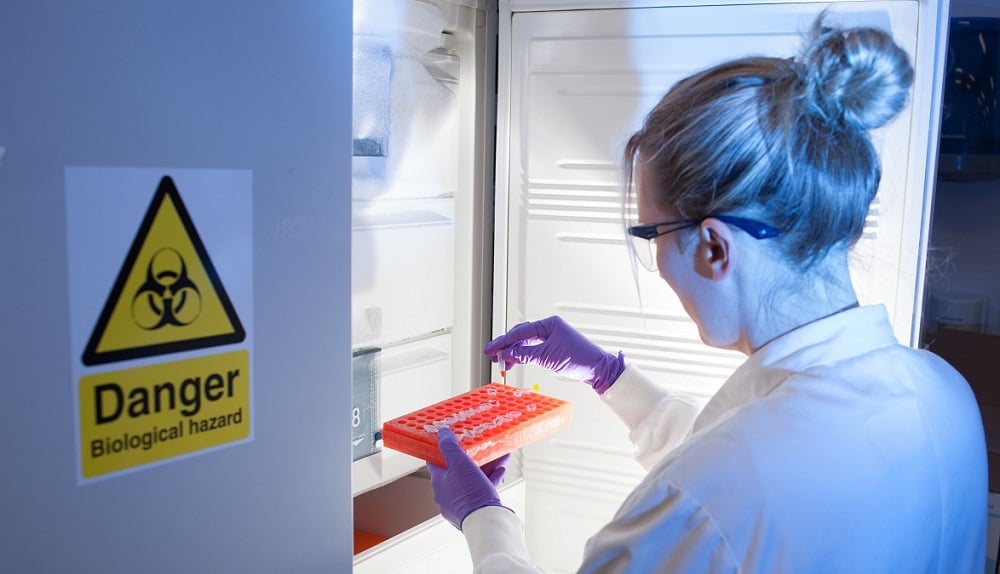When it comes to managing your sample storage space efficiently, there are three key considerations to take into account:
- Understanding storage locations
- Knowing where there is free space
- Knowing where you can store specific sample and container types
All three of these considerations are as important as the other, and only focusing on one or two of them will never yield the best results or provide the most efficiency. This can only be done by taking them all into account and ensuring processes are built around this key information.
1) Understanding storage locations
What type of storage units are used in your lab? Freezers are likely the primary storage unit but depending on the type of material being stored, you might be using fridges, cupboards, drawers, incubators etc.
Further to this, within each of the storage units, there might be a combination of shelves, racks, boxes with different layouts - all of these factors need to be thought about as the hierarchy of storage impacts how samples are stored and managed. To make the most out of the storage and improve efficiency, you need to know all of the storage units, what they’re being used for and how best to use the space.
The best way to understand your storage locations (as well as looking at them each time they’re accessed) is to use some method of representation, ideally digital, so you always know what’s in each storage unit. Freezer and inventory management software can be a great way to do this, and some software can show real-time changes and integrate with lab automation and equipment to track any changes made.

Understanding your storage locations can be complex, so don’t underestimate the value of accurate representation.
2) Knowing where there is free space
Do you know where there is space in your storage units? You might know exactly where there is a free rack or shelf, but do you know how full each storage unit is and where there is opportunity to use the most of the capacity you have?
It’s possible that right now, you’re relying on visual inspection each time you access the freezer, or maybe you have a spreadsheet that says where each sample is. This might work for some but it’s unlikely to allow for efficient laboratory sample management, especially if someone in the lab moves things around or forgets to update the spreadsheet.
Visual inspections are particularly inefficient, especially when it comes to freezers, as ideally you should only keep the door open for a short period of time while moving, placing or picking a sample.
For the most efficient sample storage, it’s good to invest in a sample management platform that can automatically track movement in and out of the storage unit.
3) Knowing where you can store specific sample and container types
Actually knowing where there is free space is one thing, knowing where there is space to fit specific sample and container types is another. It is a frustrating exercise pulling racks from a LN2 dewar trying to find room for a few tubes you have just made.
A good laboratory freezer management system will allocate free spaces to every new item, taking into account the type of container you are trying to store. This means lab scientists can just follow the list and place items. Of course, your software should also give you the option of assigning positions manually as well.
Finding ways to efficiently manage your sample storage shouldn’t be the most complex part of sample management. In fact, it should be one of the easiest and by implementing a sample management system that can accurately represent your storage is a great way to make your sample storage management easier, less time consuming and more efficient.
